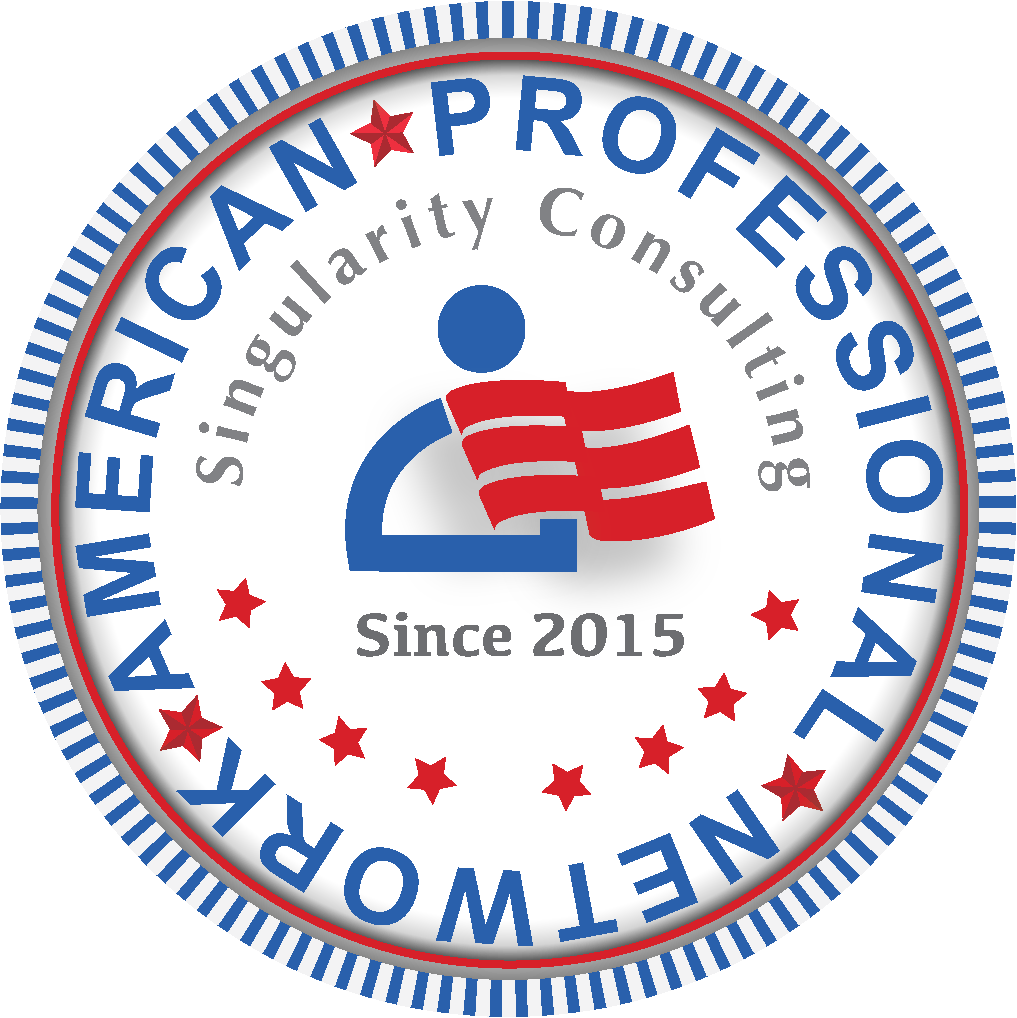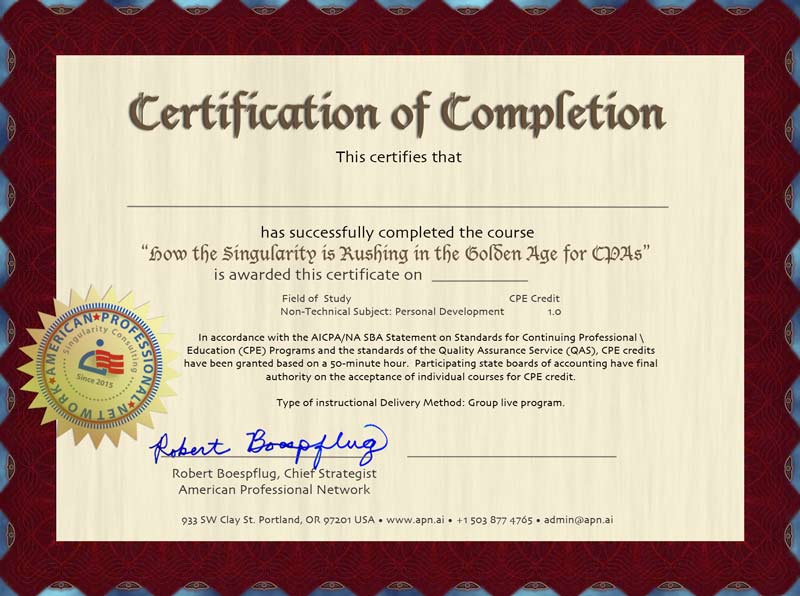APN Certificate Program
Business Excellence and Performance Management
This certificate program is designed to equip participants with the knowledge and skills necessary to drive excellence and performance in various aspects
Additional benefits of completing APN's certificate program:
- Increased knowledge and skills in enterprise management
- Improved understanding of key performance indicators (KPIs)
- Enhanced ability to make informed decisions about organizational performance
- Increased job opportunities and career advancement potential
If you are interested in learning more about this certificate program, please contact us for more information or visit our affiliate's webiste myFossa.org.

This certificate program is designed to help participants develop the knowledge and skills they need to excel in enterprise management. The program covers a wide range of topics, including:
- Profitability: How to create and maintain a profitable business
- Efficiency: How to streamline operations and improve productivity
- Employee wellness: How to create a healthy and productive work environment
- Financial reporting: How to track and manage financial performance
- Automation adoption: How to use technology to automate tasks and improve efficiency
- Happiness index: How to measure and improve employee satisfaction
- Customer experience: How to create a positive and memorable customer experience
- Search engine optimization (SEO): How to improve website ranking and visibility in search engines
The program also takes into consideration key performance indicators (KPIs) that are crucial for an organization's success. KPIs are measurable values that track the progress of an organization towards its goals. Some of the most important KPIs for enterprise management include, but not limited to:
- Revenue
- Profit
- Customer satisfaction
- Employee satisfaction
- Employee turnover
- Market share
- Operational efficiency
- Financial performance
By learning about KPIs and how to measure and improve them, participants can gain a deeper understanding of their organization's performance and make informed decisions about how to improve it.
Evaluation Diagnostic Program Steps:
Define Evaluation Criteria:
Establish specific criteria and metrics for each KPI based on the organization's goals, industry benchmarks, and best practices.
Data Collection:
Collect relevant data for each KPI through internal systems, surveys, financial reports, customer feedback, and performance metrics.
Data Analysis:
Analyze the collected data to evaluate performance against the defined KPIs. Identify trends, patterns, and areas of improvement.
Identify Strengths and Weaknesses:
Identify areas where the enterprise excels and areas that require improvement based on the evaluation results.
Action Plan:
Develop an action plan to address the identified weaknesses and leverage strengths. Set targets, define strategies, and allocate resources accordingly.
Implementation:
Implement the action plan, monitor progress, and make necessary adjustments along the way to ensure continuous improvement.
Review and Reporting:
Regularly review the performance against KPIs, prepare reports, and communicate the findings to stakeholders. Track progress over time and make informed decisions based on the evaluation results.
Certificate Program Benefits:
-
Gain a comprehensive understanding of key performance indicators (KPIs) for various aspects of enterprise management.
-
Acquire practical skills and strategies to drive excellence, profitability, efficiency, and employee well-being.
-
Learn to analyze financial reports, measure performance, and make data-driven decisions.
-
Understand customer experience metrics and implement strategies for exceptional customer satisfaction.
-
Develop expertise in SEO techniques to improve online visibility and attract more customers.
-
Explore the challenges and opportunities presented by AI and automation and develop strategies to leverage them effectively.
-
Obtain a recognized certificate in Business Excellence and Performance.
By combining the evaluation diagnostic program with the certificate program benefits, enterprises can not only assess their performance comprehensively but also gain the knowledge and skills necessary to drive excellence and achieve business goals effectively.
APN's new continuing professional education course “How the Singularity is Rushing in the Golden Age for CPAs” is a 1 credit hour course designed to teach CPAs the basics of AI and how they can help their clients harness its potential.
Please contact us at +1 [503]•877•4765 or email us at robert [at] apn.ai and we can make arrangements to deliver our course to your organization.

- Purpose The purpose of this document is to outline the process approach that will be implemented to transform your organization into an Exponential Organization (ExO). It provides a framework for leveraging exponential technologies, innovation, and organizational strategies to achieve rapid growth, scalability, and disruptive impact.
- Scope This process approach document applies to all departments and functions of our organization, encompassing both strategic and operational aspects.
- Process Approach The process approach for becoming an Exponential Organization involves the following steps:
- Identify Exponential Technologies The first step is to identify and understand the potential exponential technologies relevant to our industry and business model. This includes technologies such as artificial intelligence, blockchain, robotics, virtual reality, Internet of Things (IoT), and others. Evaluate their potential impact on our products, services, and business processes.
- Exponential Opportunity Identification Identify and assess potential exponential opportunities within you organization. This involves exploring new business models, markets, and customer segments that can be unlocked through the application of exponential technologies and disruptive approaches. Engage with cross-functional teams and external experts to brainstorm and evaluate ideas.
- Experimentation and Rapid Prototyping Embrace a culture of experimentation and rapid prototyping to test and validate exponential opportunities. Encourage teams to develop minimum viable products (MVPs), conduct pilots, and gather feedback from early adopters. Iterate and refine solutions based on user feedback and market validation.
- Scalable Infrastructure Build a scalable infrastructure that can support rapid growth and expansion. This includes leveraging cloud computing, scalable architectures, and flexible IT systems to accommodate increasing demand and user base. Ensure that the infrastructure is adaptable to accommodate exponential growth and future technology advancements.
- Network and Ecosystem Engagement Engage with external networks, communities, and ecosystems to tap into expertise, resources, and collaborative opportunities. Establish strategic partnerships, joint ventures, and alliances with other organizations, startups, and research institutions. Leverage open innovation and crowdsourcing platforms to access a wider pool of talent and ideas.
- Agile and Adaptive Organizational Structure Adopt an agile and adaptive organizational structure to foster innovation, collaboration, and rapid decision-making. Implement methodologies such as agile, lean, or design thinking to empower teams and enable a culture of continuous learning and improvement. Foster a mindset of embracing change and challenging traditional norms.
- Data-driven Decision Making Leverage data and analytics to drive decision-making processes. Implement robust data collection, analysis, and visualization mechanisms to gain insights into customer behavior, market trends, and internal performance. Use data-driven decision-making frameworks to guide strategic and operational choices.
- Continuous Learning and Talent Development Foster a culture of continuous learning and talent development to adapt to exponential changes. Provide training, resources, and development opportunities to employees to enhance their skills in emerging technologies and innovation methodologies. Encourage knowledge sharing and cross-functional collaboration.
- Performance Measurement and Iteration Establish key performance indicators (KPIs) to monitor progress towards becoming an Exponential Organization. Regularly evaluate performance against these KPIs and make iterative adjustments to strategies and processes based on insights gained. Continuously refine and optimize the process approach to align with changing market dynamics and technological advancements.
- Conclusion By following the process approach outlined in this document, you organization can embark on a transformative journey to become an Exponential Organization. This approach will enable us to leverage exponential technologies, disruptive strategies, and innovation to achieve rapid growth, scalability, and sustainable competitive advantage in an era of constant change and disruption.
